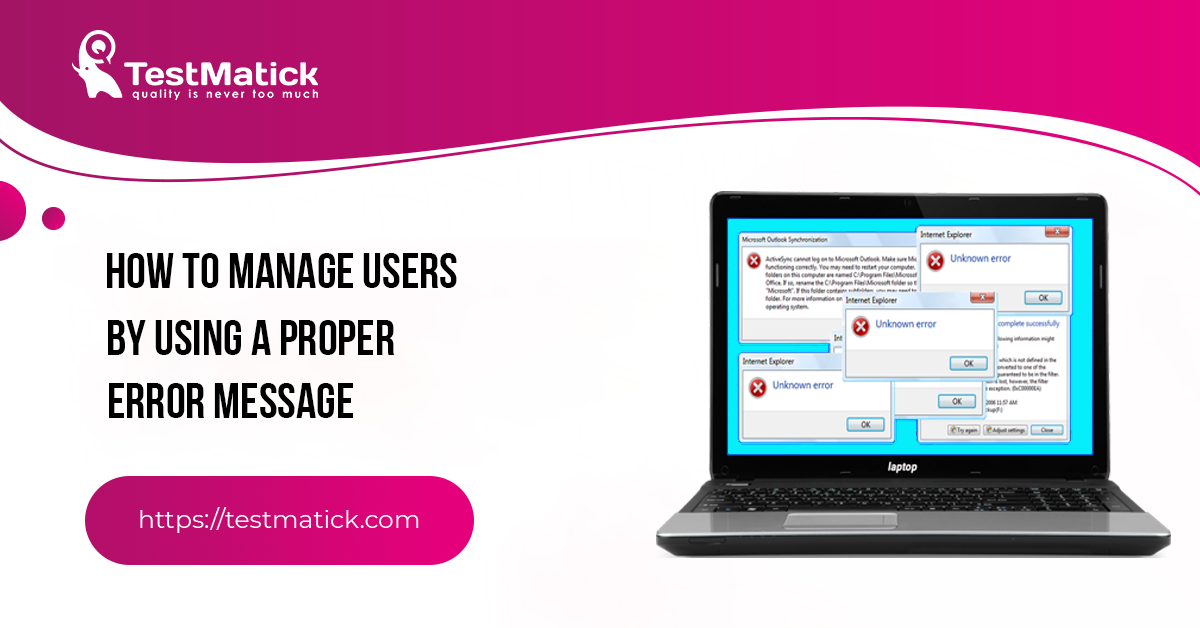Why have I made an error and how can I fix it? Perhaps, it’s the first thing that comes to the user’s mind when he/she makes an error while interacting with software.
An error message is a type of interaction with end-users, that is not properly taken into account. Such forms play a key role in user’s interaction with software.
A recent investigation made by the Walkington group (for corporate experiments of Mozilla Firefox) in 2019 has clearly shown that simple changing of text can reduce negative conversion by 25-30%. This means that such simple things as error messages can keep users on a website and decrease their dissatisfaction.
To make error messages clear and efficient, we’ll analyze their nature, main targets, and context of the best usage.
Use error messages only for engaging user’s attention
The main aim of error messages is to instantly warn a user and show him/her a correct path. Only efficient error reports can attract someone’s attention.
There are numerous examples of popular practices that can teach us how to create correct dialogue boxes, use status widgets properly and manage error log boxes.
How can we know that the used error message properly does its primary task to warn users? The answer is simple — the presence of an error should be clear when a user receives it.
What are the components of an error message?
A message contains two categories — an issue and the ways to solve it.
You should divide an error message into two components:
- Data on the issue;
- A short manual on how to resolve it.
To keep the balance between brevity and clarity, you should assess the content of any context that doesn’t belong to any of these two categories.
When creating error messages, you should think about who and how will be responsible for resolving the issue. For example, if the used file is created in a way to intercept all possible unexpected exceptions, then a development department but not a user should be responsible for resolving these issues.
If solving an issue is the developer’s work, you should provide important information for debugging. You should forward a user to a support department, to make him/her receive help. Or tell a user about the error’s cause and the ways to resolve it.
Conclusion
- An error message is a direct interaction between a system and a user, that is built in order to inform the latter;
- The main aim of an error message is to warn a user and forward him/her properly. Such a practice improves UX and leads to having a positive impression from a product;
- An error message (if possible) should contain additional links with examples for critical errors, whose analysis requires much space.










Leave A Comment